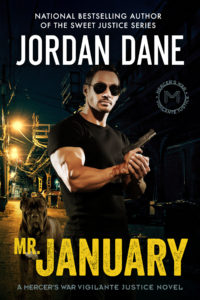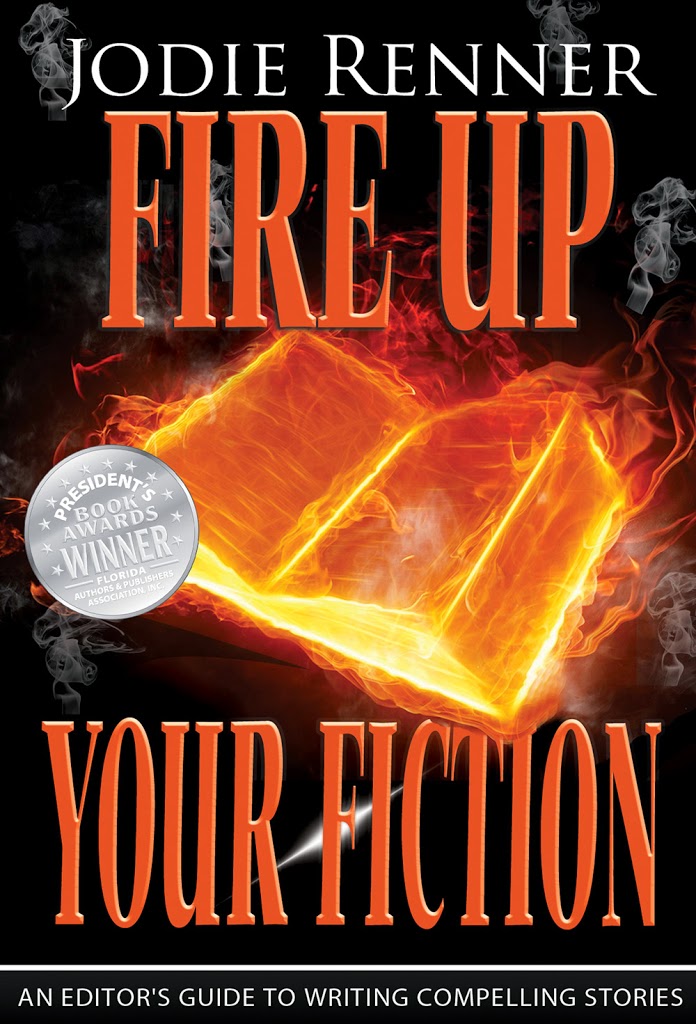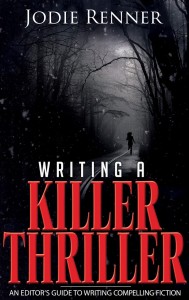Hello, my fellow TKZ warriors. I’m busy cranking on the daily word count of my next release, but I have, for your consideration, an anonymous submission from a daring author and member of TKZ. The first 400 word intro to: Urban Patriot. Enjoy and join me on the flip side for my feedback and please provide your own thoughts in your comments.
Urban Patriot
Choosing a side is dangerous, especially when it comes to politics and you’re African American from a Jewish background, that is, everybody wants to either recruit you or kill you for something. When I was getting high – on life – shit was easier, the only people interested in you were those like you unless they had their own plans which everybody in tinsel town had. One minute you’re relaxing with a naked woman’s bare legs laying on your lap and the next someone throws a stack of $100 bills in at you and says there’s more where that came from, you’re gonna love it.
Instead of letting me deal with my fate on the streets of Chicago, at 15, mom got spooked and sent me off to California to join the father I’d never met and who turned out to be a bigger jerk than the Chicago idiots I was sent away from. Which wasn’t half bad until the thrill of finally meeting him caused me to want to live with him. Grandfather and Mimi took me in where we had a small swimming pool, my own bedroom, and took me on vacations with them. Hell, I even had an allowance. Quite a step-up from sharing a 3-bedroom apartment with five siblings, a single mom, and abusive step-father.
Dr. Anita Daniels, my uncles and aunts American Socialist Party affiliation’s caught my attention like a shiny new car and what they stood for was everything I’d felt being a Black Jew living in America. Working Socialist political campaigns and African American activist activities taught me a lot, to stand-up for myself and expected the worse from people. Encounters with White Supremacists, the police, and Politicians broaden my horizons to the point of rage and cunning calm.
In a sense, I guess my past prepared me for a life of risks, questionable alliances and an “I don’t give a fuck” attitude. Especially when my wife was shot and left for dead at the airport terminal as we arrived stateside from a five-year extended stay in the Middle East, I wanted nothing more than to personally smoke that bastard of New President and burn his administration to ground. But that opportunity would come much later if only I’m I am strong enough to do it.
“Follow me” Agent Kelly Carlson demanded as I leaned over the counter asking the clerk “where is she, is she alive” “I am sorry sir, I don’t have that information” the clerk replied.
“We must leave now Mr. Anderson; your accommodations are waiting” The agent snapped. “This is bullshit” I snapped back, “I’m going anywhere until you I get some information about my wife.” “We’ll explain everything to you later, but you’ll never know unless we get going.”
The agent was already holding the glass door open as I turned toward him, stepping into the hall he whispered: “We’re all just a bunch of bureaucrats following orders – you know that.”
FEEDBACK
Overview – The strong edgy voice drew me into this introduction. It read like a diary and appeared to be set in an alternate reality or a future America. It intrigued me. But the submission starts with lots of backstory and ends with the action of what’s happening in this opening scene. Once I learned that a man’s wife had been shot and left for dead, I wanted to stick with the action. The question of why a federal agent is ushering him away and not telling him anything about his wife intrigued me far more than the backstory that could’ve come later to fill in the gaps as the story progressed.
Housekeeping – By now, you guys know how I feel about embedding dialogue within a paragraph, but this submission goes a step further and not in a good way. Dialogue is embedded and often lines from 2-3 different people.
Example of 3 different people talking in one short paragraph – “Follow me” Agent Kelly Carlson demanded as I leaned over the counter asking the clerk “where is she, is she alive” “I am sorry sir, I don’t have that information” the clerk replied.
There’s also very poor punctuation which drives me crazy. Missing commas at end of dialogue lines (ie “Follow me” Agent Kelly Carlson demanded), the use of double quotes where a single quote should be (ie “I don’t give a fuck” attitude), and missing punctuation like in the example above where there should be question marks (ie “where is she, is she alive” or the lack of a capital letter to start those questions.
Editors and agents would be turned off at seeing so many errors in the first 400 words. Don’t give them a reason to say NO.
Stick with the Action – The meatiest part of this intro was embedded inside a paragraph and almost treated too dismissively. The words ‘when my wife was shot’ should have been the focus.
In a sense, I guess my past prepared me for a life of risks, questionable alliances and an “I don’t give a fuck” attitude. Especially when my wife was shot and left for dead at the airport terminal as we arrived stateside from a five-year extended stay in the Middle East
This submission seemed flipped backwards to me, in that the action was toward the end after all the backstory. I would suggest focusing on the shock he must be feeling at seeing his wife hurt or dead, then don’t let him find answers as he’s dragged away by the agent. Below is my suggestion for a rewrite. I tried to stick with what the author had written, but just re-ordered it and added more of his shock at the start.
I had her blood on my face and my hands. I couldn’t get the image of my wife out of my head. They must’ve left her for dead at the airport terminal. That’s the only thing I could figure. One minute, we were on the tail end of a five-year extended stay in the Middle East, the next we were stateside. This should’ve been home. How could this happen…here? I wanted nothing more than to smoke that bastard of a new President and burn his administration to the ground.
“Follow me,” Agent Kelly Carlson demanded.
I had to know what happened. I leaned over the nearest counter and found a reservations clerk with enough sympathy to care.
“Where is she? Is my wife alive?”
The federal agent yanked my arm and forced me to keep in step as he hauled me through the gathering crowd.
“I’m sorry, sir. I don’t have that information,” the airline clerk called after me.
“We must leave now, Mr. Anderson. Your accommodations are waiting.” The agent picked up his pace and dragged me with him.
“This is bullshit. I’m not going anywhere until I know what happened to my wife.”
“We’ll explain everything to you later, but we have to go. Now.”
The agent held a glass door open and pushed me through it. When I stood my ground and faced him, he whispered, “We’re all just a bunch of bureaucrats following orders. You know that.”
I clenched my fists and fought a blinding rage.
The way this story started, with the intimacy of a diary, makes me wonder if this intro could stand with the action of violence, but drift back to where it all began, like the way movies begin with something horrific and back into what led up to it. If that’s not this author’s intention, I would suggest peppering in the backstory later when appropriate. I really do like the edgy voice and the ‘tude.
Names Matter – A federal agent by the name of Kelly made me think this was a woman. It wasn’t until near the end that the author lets us know the agent is a man. This is a bit nit picky, but it jarred for me to realize I had a wrong image in my head. Also, if the name Kelly will be through the whole book, that is a lot of time for the reader to forget this is a man. I also fought with another famous name – Kelly Clarkson, the singer. Her name is too similar to Kelly Carlson, the agent in this intro. I would reconsider the name.
Read your work aloud – Even with the edgy voice, there is a flow and cadence issue and typos where it reads as if the author made changes but didn’t catch all the words. If you get in the habit of reading your work aloud, you will find areas where you stumble over the words. Those are lines you should consider revising to make them flow better. Here are two examples where reading aloud would’ve helped to catch the typos:
But that opportunity would come much later if only I’m I am strong enough to do it.
“I’m going anywhere until you I get some information about my wife.”
Use of tags in dialogue – I noticed these following a dialogue line – demanded, snapped, snapped back. A whole book of words to replace a simple ‘said’ can be distracting, but in Elaine’s recent post on “The Burning Question: He said, She said,” she makes a good case to minimize even neutral tags like the word ‘said.’
Setting – I wanted to know more about where this scene takes place. I can only assume it’s at an airport terminal but the writing is too sparse to get a good sense of where this happens, especially when it starts with a backstory that mentions Hollywood’s Tinsel town and Chicago. Setting can place the reader there and trigger images in their minds. It’s important to ground the reader into imagery that enhances the emotion or action of the scene. For example, if the federal agent has to whisk this guy away and dodge travelers hauling luggage or airport security rushing toward the place where the attack on his wife took place. This kind of setting or world description could add pace and emotion to what’s happening.
On Tuesday, P J Parrish had an excellent post on Your Story as Sculpture: What to Leave In, What to Leave Out. It detailed some solid information on sparse writing (similar to this submission) and how an author should think twice about what to delete and what to keep. Check it out.
DISCUSSION:
What was your reaction to this introduction, TKZers? Did it grab you? Would you turn the page?
Mr. January available in print now (210 pages). Ebook pre-order $2.99!
Zoey Meager risks her life to search for her best friend Kaity in a burning warehouse, only to cross paths in the inferno with Mr. January, a mysterious man with a large black dog, completely devoted to its shadowy master.





